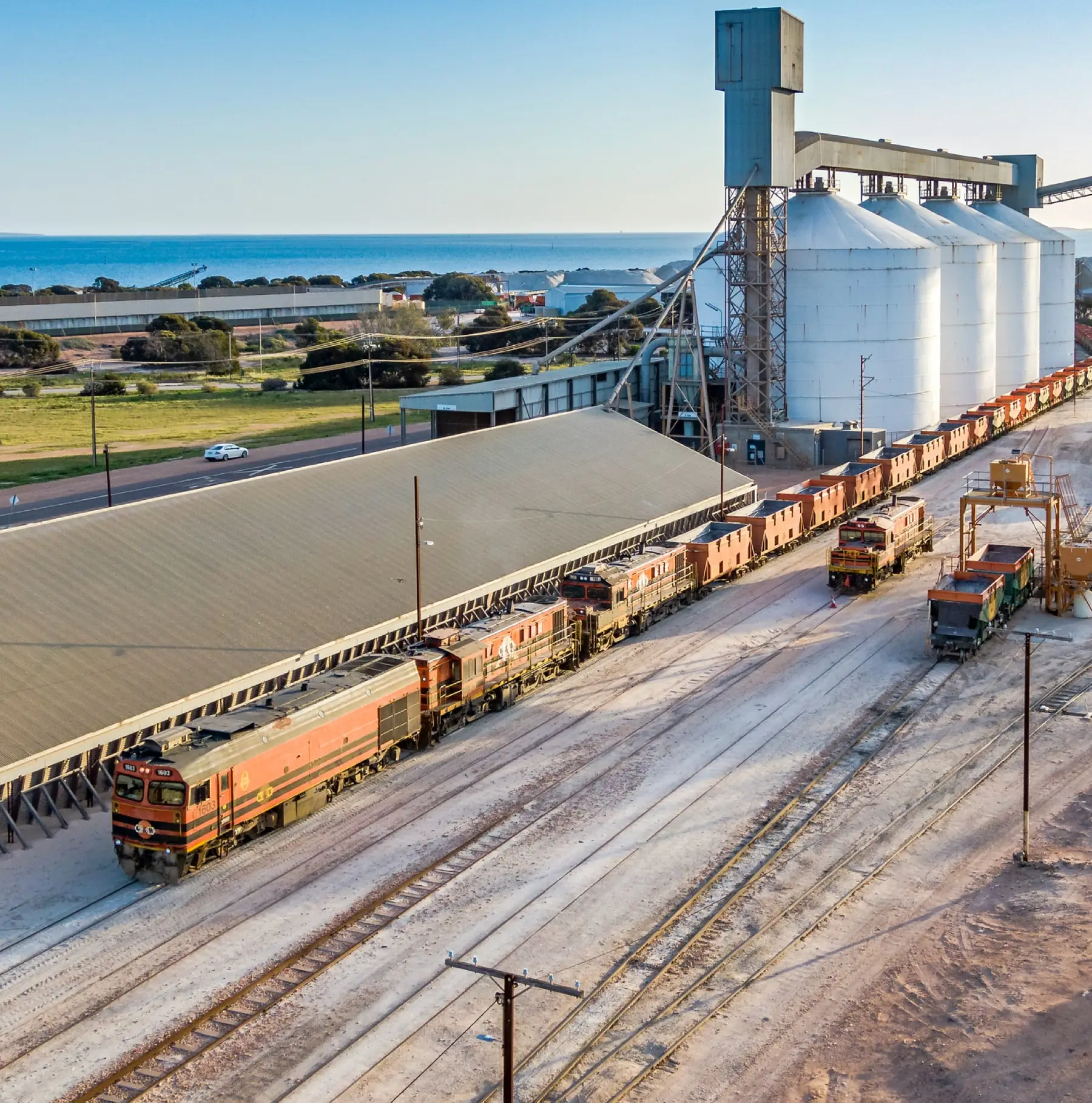As a railroad leader, you know that the Federal Railroad Administration (FRA) has a zero-tolerance policy for hours of service (HOS) violations. These regulations are designed to ensure the safety of railroad employees and the public by limiting the number of hours that employees can work in a row and the number of hours that they can work in a day.
But even if you are familiar with the HOS regulations, it can be difficult to ensure that your railroad is in compliance. There are a number of factors to consider, such as the type of work that your employees do, the hours that they work, and the breaks that they take.
If you are not sure whether your railroad is in compliance with HOS regulations, there are a number of resources available to help you. The FRA has a helpful website that provides an overview of the regulations, and there are a number of software solutions available that can help you track employee hours and identify potential compliance issues.
By taking the time to understand the HOS regulations and to implement a comprehensive compliance program, you can help to ensure that your railroad is in compliance and that your employees are safe.
Why is HOS Compliance Important?
There are several reasons why HOS compliance is important. First, it helps to ensure the safety of railroad employees and the public. When employees are overworked, they are more likely to make mistakes that could lead to accidents. For example, a study by the National Transportation Safety Board found that fatigue was a factor in 40% of railroad accidents.
Second, HOS compliance can help to reduce the risk of fines and penalties from the Federal Railroad Administration (FRA). The FRA has a zero-tolerance policy for HOS violations, and railroads that are found to be in violation of the regulations can be fined heavily.
Third, HOS compliance can help to improve productivity and customer service. When employees are properly rested, they are more productive and they are less likely to make mistakes. This can lead to improved customer service and a better bottom line for railroads.
How to Improve HOS Compliance?
There are a number of things that railroads can do to improve their HOS compliance. These include:
- Developing and implementing a comprehensive HOS compliance program. This program should include a clear understanding of the HOS regulations, a system for tracking employee hours, and a process for addressing HOS violations.
- Training employees on HOS regulations and the importance of compliance. Employees should understand the risks of fatigue and the importance of getting enough rest.
- Providing employees with adequate rest breaks and opportunities to get off duty. Employees should have opportunities to take breaks throughout the day and to get off duty at the end of their shift.
- Monitoring employee hours closely and identifying potential compliance issues early on. Railroads should have a system in place for tracking employee hours and for identifying potential compliance issues early on.
- Taking corrective action promptly when HOS violations are identified. When a HOS violation is identified, railroads should take prompt corrective action. This may include disciplinary action for employees who violate the regulations, or changes to the railroad’s HOS compliance program.
How Does TrackHOS Work?
TrackHOS is a software solution that helps railroads track employee hours and identify compliance issues. The system is easy to use and it can be customized to meet the needs of individual railroads. TrackHOS can track employee hours from any location and it can generate reports that are easy to understand.
TrackHOS is a software solution that can help railroads improve their hours of service (HOS) compliance, save time and money, improve safety, and improve productivity and customer service.
Specifically, TrackHOS can:
- Track employee hours and identify potential HOS violations, which can help railroads avoid fines and penalties from the Federal Railroad Administration (FRA).
- Automate many of the tasks associated with HOS compliance, such as tracking employee hours and generating reports, which can save railroads time and money.
- Identify potential safety risks, such as employees who are working too many hours, which can help railroads prevent accidents and injuries.
- Ensure that employees are properly rested and able to do their jobs safely, which can lead to improved productivity and customer service.
Conclusion
HOS compliance is an important issue for railroads. By taking steps to improve their HOS compliance, railroads can help to ensure the safety of their employees and the public, reduce the risk of fines and penalties, and improve productivity and customer service.
Here are some additional tips for improving HOS compliance:
- Create a culture of safety and compliance within your organization. Make it clear to employees that HOS compliance is a top priority and that they will be held accountable for following the regulations.
- Provide employees with the resources they need to comply with the regulations. This may include training, education, and access to tools and technology that can help them track their hours and stay compliant.
- Encourage employees to report any concerns they have about HOS compliance. Create a culture where employees feel comfortable speaking up if they see something that is not right.
- Be proactive in identifying and addressing HOS compliance issues. Don’t wait for problems to arise before taking action. By being proactive, you can help to prevent accidents and injuries.
